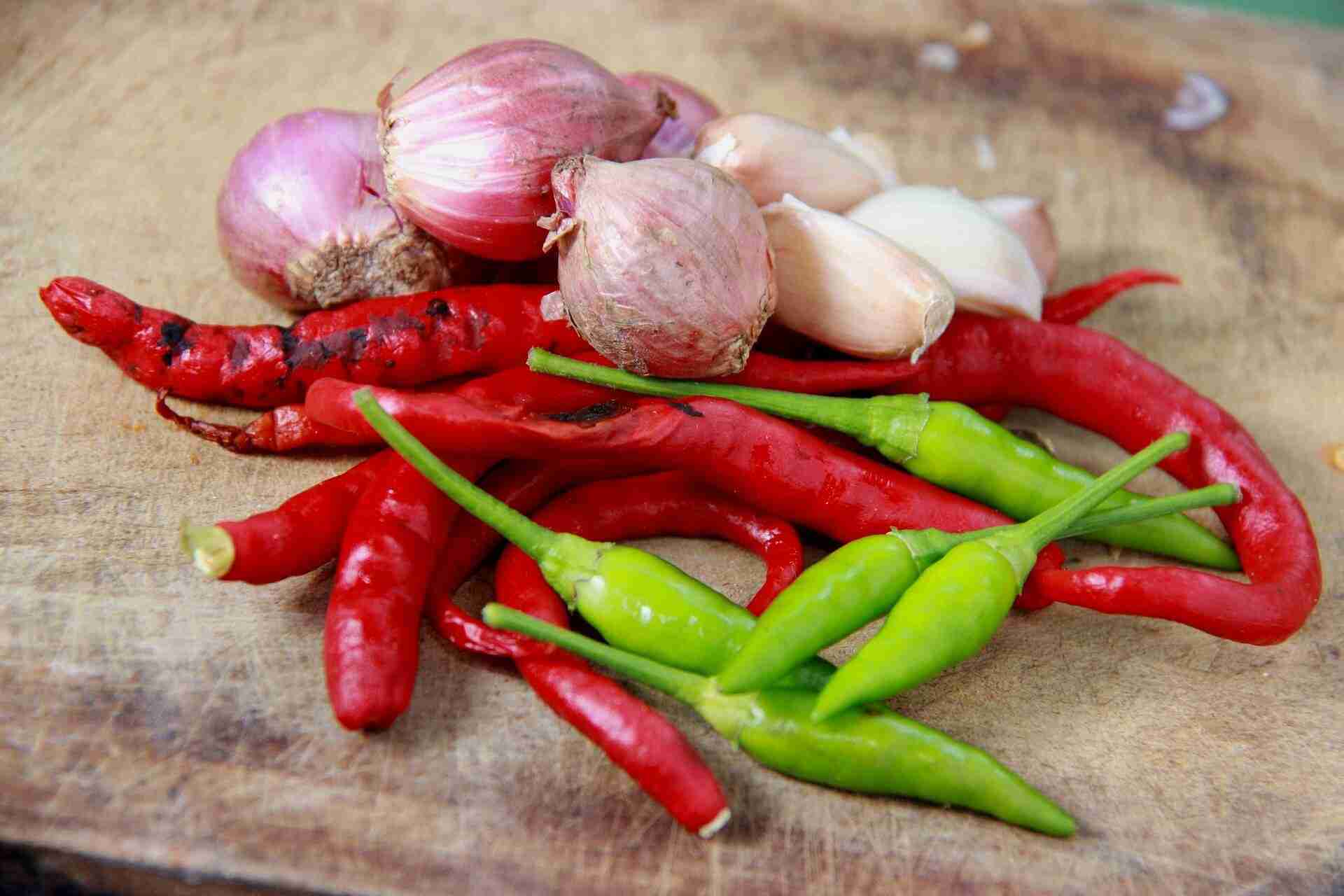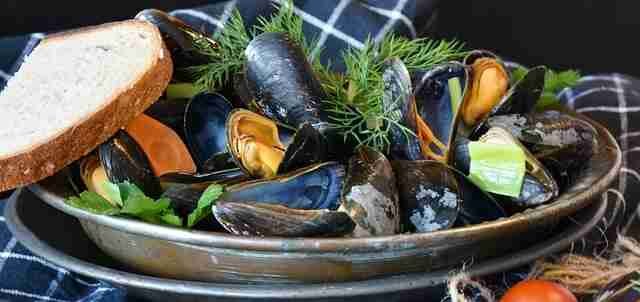Hot Sauce and Beer
Ahhh Hot Sauce; your zesty flavor and ferocious kick can be added to practically anything, including a cold beer! From Tex-Mex to Thailand, there’s hot sauce born of countless cultures and cuisines.
- Hot Sauce and Beer
- Hot Sauce
- The Different Types of Hot Sauce
- How to Make Your Own Hot Sauce
- Where To Find the Best Hot Sauces
- What To Do with All That Hot Sauce You're Going to Buy Now?
- Hot Sauce and Beer
- FAQs about Hot Sauce and Beer
- What is a good hot sauce to pair with beer?
- Does hot sauce go well with all types of beer?
- How can I make my own beer-infused hot sauce?
- What’s the best kind of beer to use in hot sauce?
- Can I substitute hot sauce for beer in recipes?
- How can I prepare food using both beer and hot sauce?
- Do different styles of beers have different levels of spiciness when combined with hot sauces?
- Are there any combinations that work particularly well together?
- Is it possible to make a vegan-friendly version of this type of food combination?
- Is there any way I can reduce the amount of heat in my dish if it’s too spicy?
- Does cooking wine work just as well as actual beer in terms of flavor profile?
- Can I freeze leftover hot sauce infused beer after I’m done cooking it?
- Are there any health benefits associated with consuming both alcohol and capsaicin (the active ingredient found in chili peppers)?
- Is it true that certain types of craft beers might be better suited for certain dishes than others?
But with all the varieties floating around out there in the world — Chipotle? Habanero? Jalapeño? — it’s hard to keep track of who does what best. Is Caribbean seasoning the way to go or should we reach for something more Thai-inspired when looking for that perfect pairing for a brewskie?
Have no fear: In this blog post, we’ll take you on an exploration through the sizzling global smorgasbord of hot sauces from around the world so you can decide just what kind of bold flavors work perfectly with any beer – whether you’re hosting a party or simply snacking solo.
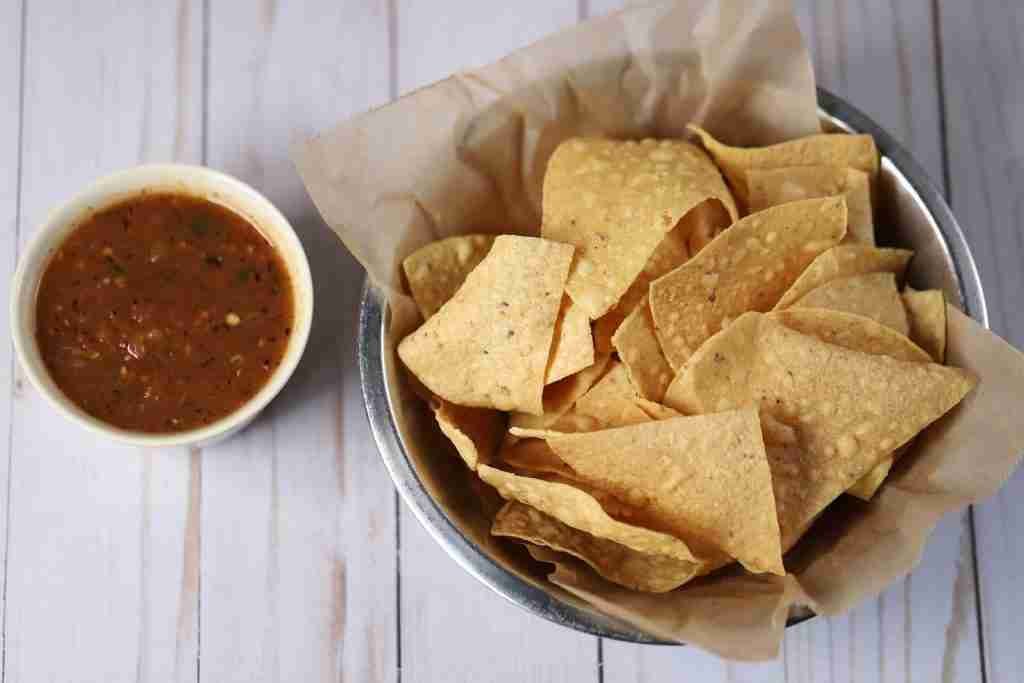
What do you think of when you hear the words beer and hot sauce together? If you’re like most people, your mind immediately jumps to the classic pairing of an ice-cold beer and a sizzlingly spicy hot sauce.
But have you ever stopped to wonder why it’s become such an iconic sidekick for beer?
Sure, we all know that its spicy kick complements a cold brew perfectly — but what about its origin story? Where did it come from, and what varieties can you find in stores today?
Let’s explore the realm of hot sauces and discover exactly why they belong next to your favorite pint glass.

The Different Types of Hot Sauce
There are many types of hot sauces on the market today – some more popular than others.
The most common types include Tabasco (made from cayenne peppers), Sriracha (made from red jalapeno peppers), Cholula (made with arbol chiles), Valentina (made with habanero peppers) and Louisiana-Style (made with cayenne pepper).
Other popular varieties include green chili sauces (such as El Yucateco or La Costeña), chipotle-based sauces (like Tapatío or Cholula Chipotle) and Mexican-style salsas (such as those made by Herdez or Dona Maria).
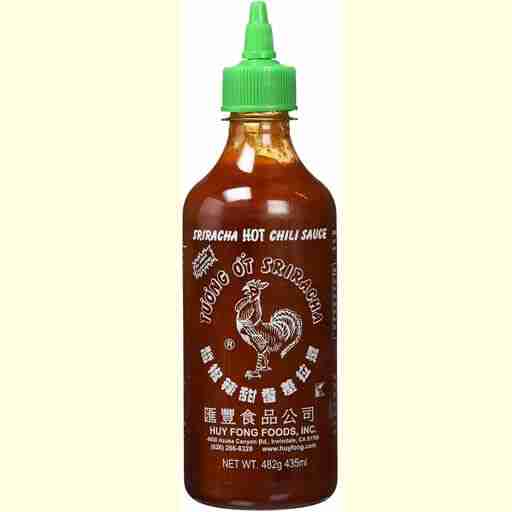
Sriracha
An iconic Thai hot sauce made from chili peppers, garlic, sugar, and vinegar. It has a sweet and spicy flavor profile and is commonly used to add flavor to noodles, sandwiches and tacos.
Unconventional use: Add it to banana smoothies for a hint of spice.

Cholula Hot Sauce
Made with arbol and piquin peppers, this Mexican hot sauce is smoky, earthy and mildly spicy with surprise notes of sweetness. Common uses include adding flavor to Mexican dishes like nachos and burritos or eggs.
Unconventional use: Use it as a marinade for grilled meats.
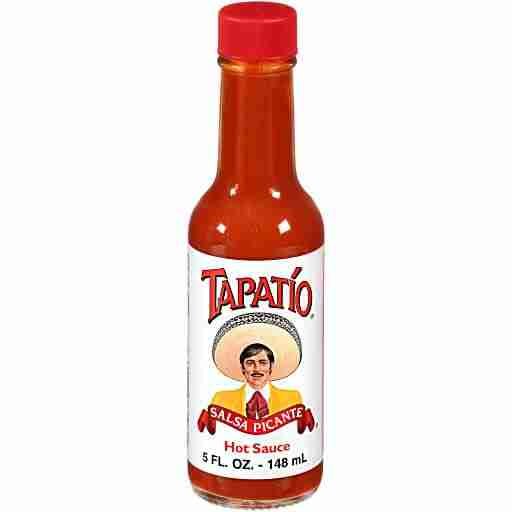
Tapatio Hot Sauce
Named after the city in Mexico where it originated, Tapatio brands itself as “the original” hot sauce in the Southwest United States and Mexico region. Has a tangy-tangy taste that many liken to salsa fresca or pico de gallo paired with sweet citrus flavors from the addition of orange zest during production process. Common uses include adding flavor to tacos or eggs; also, often used as an ingredient in dressings or sauces as its mild black pepper notes give sauces depth of flavor without too much heat.
Unconventional use: Use it for topping fresh fruit salads for an unexpected kick of sweetness and spiciness.
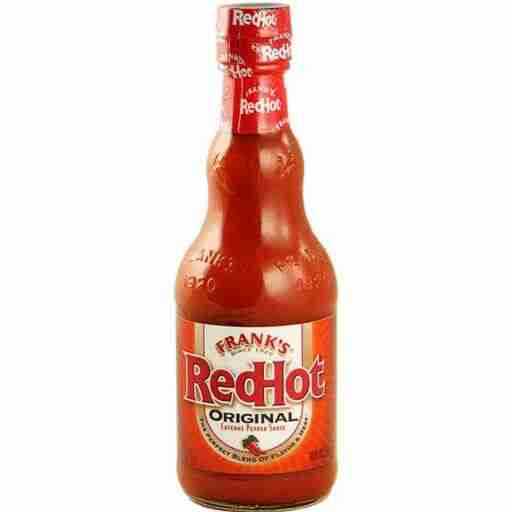
Frank's Red Hot Original
This cayenne pepper-based hot sauce was the original recipe behind Buffalo wings sauce! Flavor profile is vinegary with a strong cayenne pepper note on the backend; very versatile BBQ accompaniment that pairs particularly well with grilled meats. Common uses include adding extra zip to Bloody Marys, marinades, dips or soups; great addition when making classic Buffalo wings recipes!
Unconventional use: Mix it into creamy mashed potatoes for extra kick!

Texas Pete Original Hot Sauce
Made with cayenne peppers, garlic powder and spices – this deeply flavorful Southern US hot sauce has been around since 1929! Flavor profile is multifaceted with fruity floral notes from the cayenne peppers combined with zing from lemon juice concentrate plus small amounts of garlic giving balance between tamed sweetness and spice – overall quite smooth compared to some other ultra-hot sauces on the market! Commonly used mostly for adding heat to BBQ ribs or steak but can also be used for many other dishes like chili con carne or soups.
Unconventional use: Drizzle over vanilla ice cream for some added fire & fun twist at dessert time!

Tabasco Original Red Sauce
A classic Louisiana favorite hot sauce created by Edmund McIlhenny in 1868 – Tabasco Original Red Sauce is a staple at any serious cookout get together & synonymous with everything BBQ related throughout America! Made exclusively from tabasco peppers, vinegar & salt its greatest strength lies within its balance – providing enough heat without overpowering all your other ingredients flavors (a must if using only one type of hot sauce)– perfect when added splash onto anything savory you’re cooking up from pulled pork sandwiches through shrimp stir fries plus much more…
Unconventional use: Add few drops into your frostings/icing recipes next time you’re baking cupcakes/muffins etc.

How to Make Your Own Hot Sauce
Making your own hot sauce is relatively simple if you have access to fresh peppers and spices. All you need is some chopped peppers, vinegar, garlic powder, onion powder, sugar and salt.
Simply combine all ingredients in a blender or food processor until it reaches your desired consistency – then pour it into a jar and store it in the refrigerator until ready to use!
You can also experiment with different flavors like citrus fruits or herbs for an added kick!
Where To Find the Best Hot Sauces
If you’re looking for high quality hot sauces that won’t break the bank – try visiting your local specialty grocery store or farmer’s market.
Many stores offer unique blends that are sure to tantalize your taste buds!
You can also search online for specialty brands such as Texas Pete’s or Dave’s Gourmet – both offer unique flavors that are sure to be crowd pleasers!
What To Do with All That Hot Sauce You're Going to Buy Now?
Once you have acquired your new stash of hot sauces – don’t just limit yourself to using them on tacos or nachos! Try adding them to soups, stews, pasta dishes or even scrambled eggs for an extra kick! Or better yet – just grab yourself a cold one and get dipping! A dash of heat will bring out subtle flavors in beers like IPAs or pale ales that are often overlooked when enjoyed alone.
Hot Sauce and Beer
We hope this guide has helped shed light on why beer + hot sauce = perfect pairing.
From milder styles like Tabasco all the way up through spicier ones like Sriracha – there’s something out there that’ll satisfy every palate when paired with an icy cold brewski!
So, get out there – explore some new combinations -and most importantly – enjoy yourself while doing so! Cheers!
FAQs about Hot Sauce and Beer
What is a good hot sauce to pair with beer?
Answer: Many people enjoy pairing a milder hot sauce like sriracha or a light, fruity habanero sauce with their favorite beers.
Does hot sauce go well with all types of beer?
Answer: No, some beers have strong flavors that don’t pair well with hot sauce – for example, hoppy IPAs don’t go very well with most hot sauces.
How can I make my own beer-infused hot sauce?
Answer: Start by roasting your chilies and adding them to a pot of boiling beer. Simmer the mixture, then add garlic and any other spices you want to include. Finally, strain the liquid and blend everything together until you reach your desired consistency.
What’s the best kind of beer to use in hot sauce?
Answer: To achieve the best flavor results, opt for a malty beer like an amber ale or porter as this will provide more sweetness and complexity than light lagers or wheat beers.
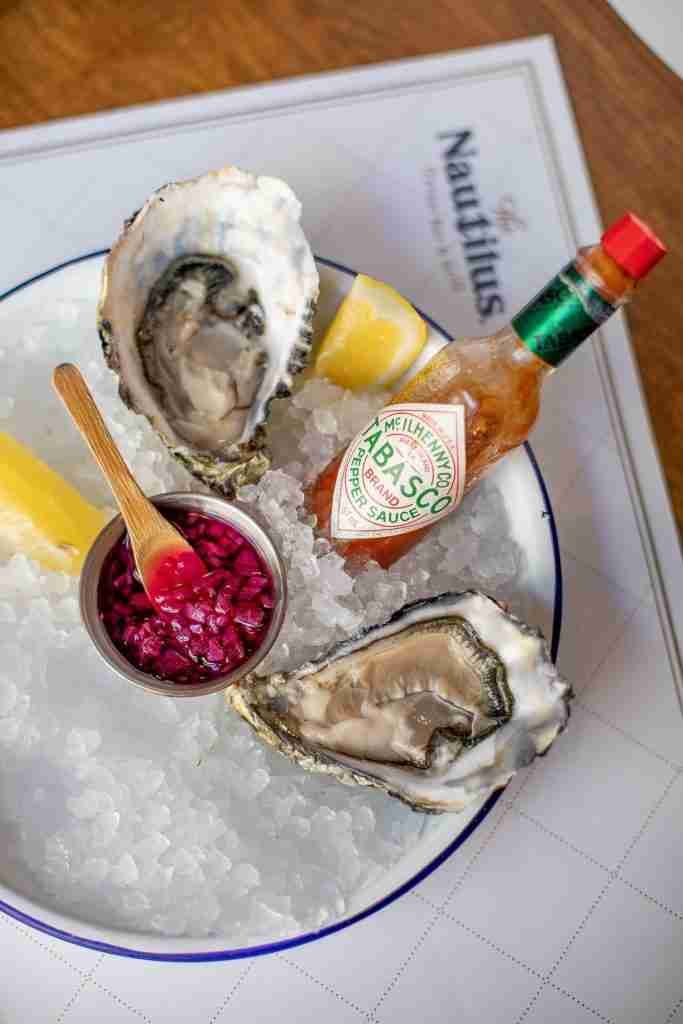
Can I substitute hot sauce for beer in recipes?
Answer: Yes! Hot sauces are often used as a replacement for liquid ingredients in recipes because they contain vinegar which gives dishes an acidic kick, just like beer does. Just be sure to adjust seasonings and amounts accordingly since the type of heat from spicy peppers can vary greatly from dish to dish.
How can I prepare food using both beer and hot sauce?
Answer: You can marinade meats in a mixture of beer, garlic, Worcestershire sauce and your favorite type of hot sauce before grilling them; alternatively, you could also create sandwiches or wraps by combining roasted vegetables with shredded chicken breast and drizzling over some warm maple syrup mixed with sriracha or other chili-infused sauces – yum!

Do different styles of beers have different levels of spiciness when combined with hot sauces?
Answer: Yes – generally speaking darker beers are on the sweeter side so they won’t offer as much heat when combined with various types of chili peppers compared to lighter ales that tend to be more bitter and thus may provide more intense spiciness depending on which chili pepper you are using in your recipe!
Are there any combinations that work particularly well together?
Answer: Stout beers such as Guinness work really well when paired with smoky chipotle chilies; whereas lighter wheat beers compliment sweeter jalapenos nicely!
Is it possible to make a vegan-friendly version of this type of food combination?
Answer: Absolutely – simply swap out the traditional animal-based elements (like beef stock) for vegetable stock instead and replace regular Worcestershire sauce with its vegan counterpart (which usually contains tamari instead)!
Is there any way I can reduce the amount of heat in my dish if it’s too spicy?
Answer: If your dish is too spicy then adding something sweet like honey or maple syrup will help balance out the flavors – otherwise try reducing the amount of chili pepper used next time around!
Does cooking wine work just as well as actual beer in terms of flavor profile?
Answer: While cooking wine does have some alcoholic content it doesn’t quite offer up the same depth and complexity that real beers do – plus many cooks cite that traditional lager style beers seem to yield better tasting results than white wines whenever cooked down into meals!
Can I freeze leftover hot sauce infused beer after I’m done cooking it?
Answer: Yes – however make sure that you’re using containers specifically made from freezer safe materials (such as Tupperware) before doing so! Otherwise, if left unfrozen then store remaining portions in airtight jars within two days if possible (this will prevent spoilage).
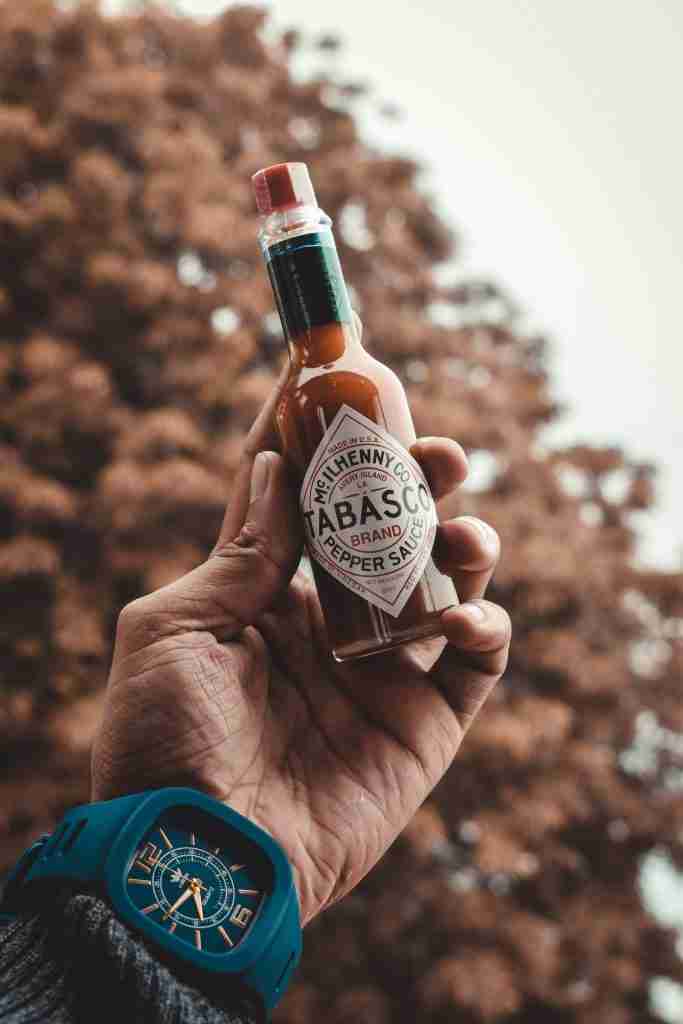
Are there any health benefits associated with consuming both alcohol and capsaicin (the active ingredient found in chili peppers)?
Answer: Studies indicate that consuming certain amounts of capsaicin combined with alcohol may actually increase antioxidant levels within our bodies while at the same time potentially helping us relax due to its anti-inflammatory properties; additionally, researchers have found evidence linking lower risk factors amongst individuals who consume both substances regularly so keep that in mind too!
Is it true that certain types of craft beers might be better suited for certain dishes than others?
Answer: Absolutely – dark stouts typically contain higher concentrations of caramelized malts which makes them great additions when creating sauces while pale ales tend towards complementary bitter herbal notes which pair perfectly alongside acidity derived from tomatoes etc.; ultimately this means choosing one based upon whatever flavor profile you wish your meal/dish/recipe.

